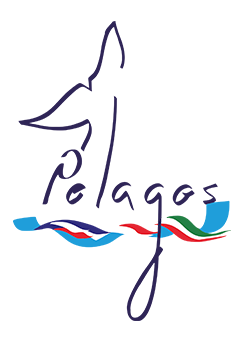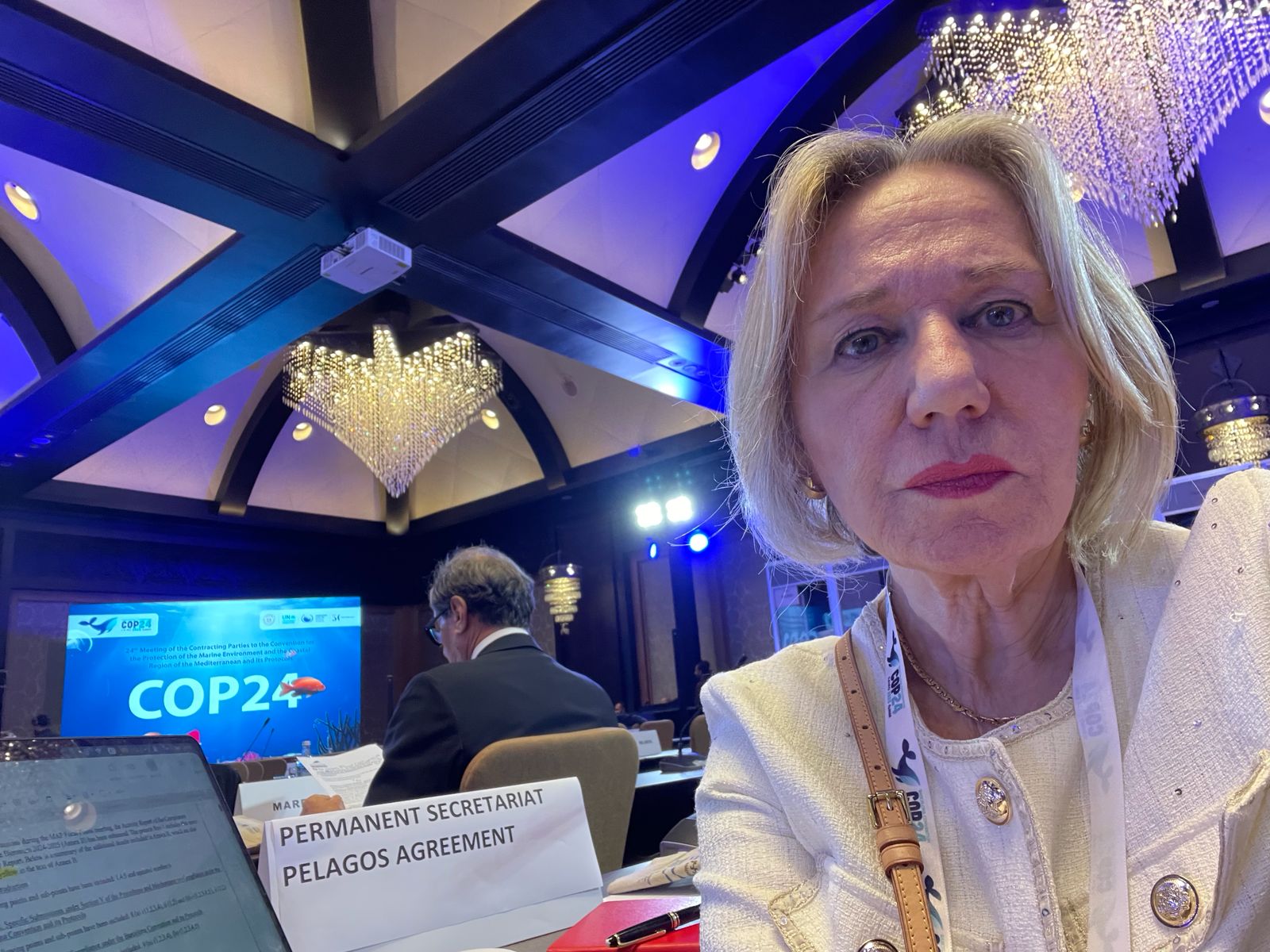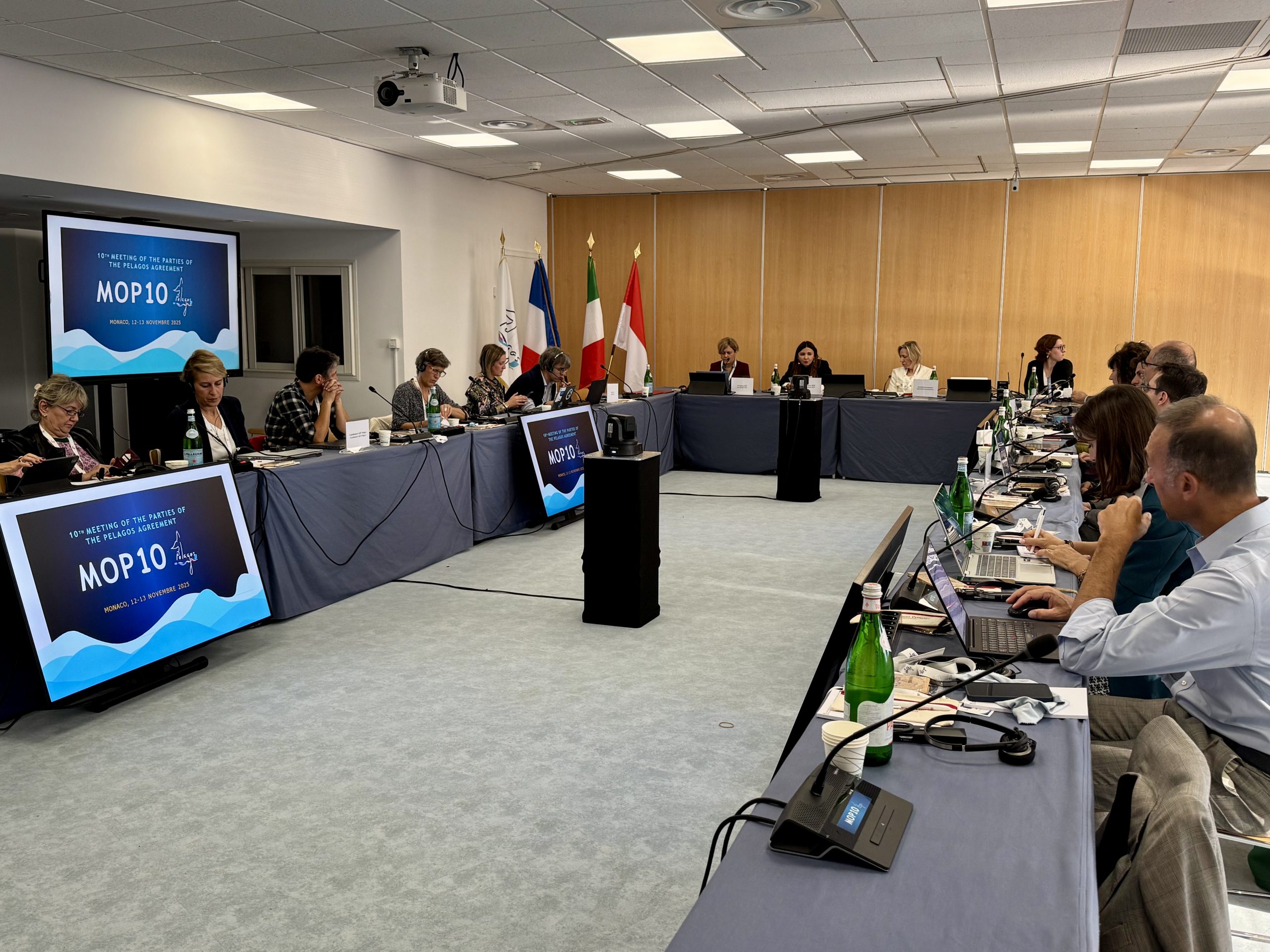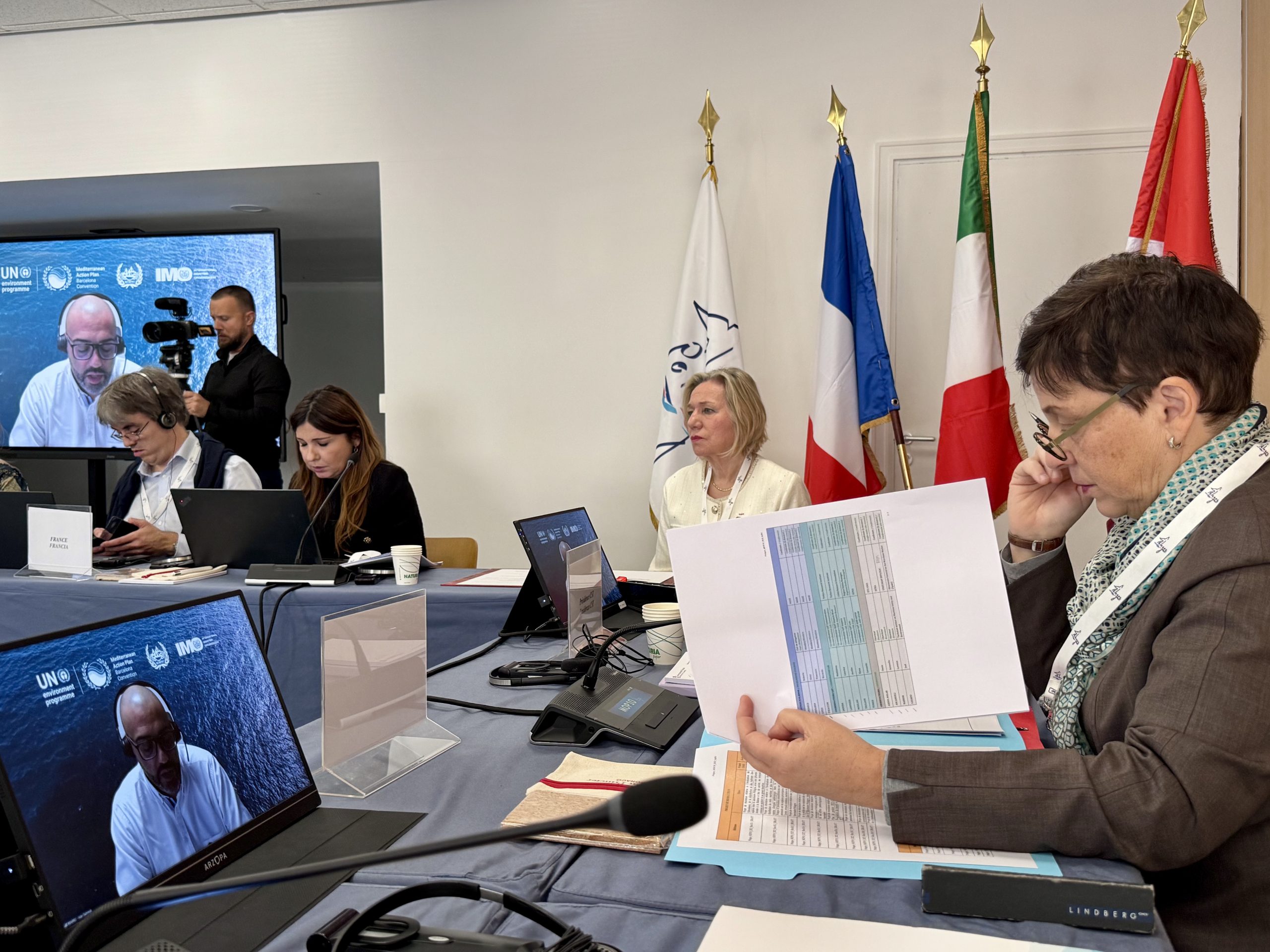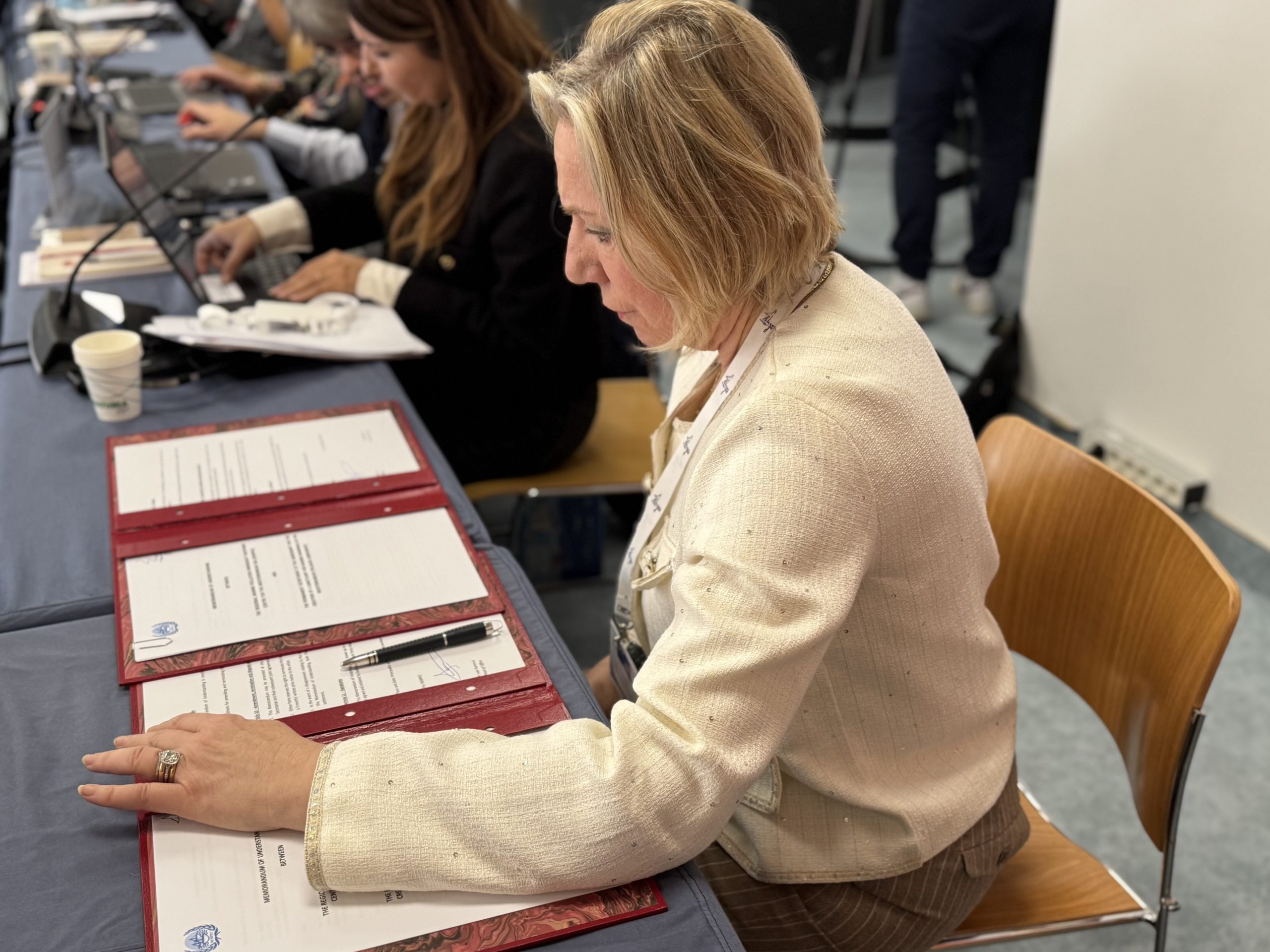Pollution and cetacean health: a Pelagos study sheds light on chemical and biological risks in the Sanctuary
Pollution and cetacean health: a Pelagos study sheds light on chemical and biological risks in the Sanctuary
In the context of increasing anthropogenic pressures on the Mediterranean, the Pelagos Agreement has promoted a study to assess the pathological effects, including mortality, resulting from chemical and biological contamination in cetaceans inhabiting the Sanctuary. As long-lived, high-trophic-level animals, cetaceans are particularly vulnerable to contaminant exposure and serve as effective sentinels of ecosystem health, and ultimately, of human health as well.
The project was carried out through the collaboration of Italian and French researchers from different scientific institutions: the University of Siena (Dr. Francesca Capanni and Dr. Letizia Marsili), the University of Padua (Dr. Cinzia Centelleghe), and the French association Miraceti (Dr. Hélène Labach).

A common protocol for monitoring contamination and pathologies
One of the main outcomes was the drafting of a shared protocol among France, Italy, and Monaco, representing the first common technical basis for the long-term monitoring of contamination in cetaceans of the Sanctuary. This protocol enables:
- sampling both stranded and free-ranging animals;
- analyzing traditional chemical contaminants (such as PCBs, DDT, mercury) and emerging ones (PFAS, plastic additives);
- including biological contaminants (viruses, bacteria, parasites);
- assessing ingestion of macro- and microplastics with standardized methods.
The document integrates existing national protocols, best practices at the Mediterranean scale, and the international regulatory framework (UNEP/MAP, European Directives, ACCOBAMS, RAMOGE) and provides operational guidelines on sample collection, preservation, and analysis, with the aim of ensuring comparability and quality of data over time.
Study methodology
The study was conducted between 2024 and 2025 in several phases, adopting an integrated approach involving literature review, protocol development, data comparison, and definition of practical tools. In particular:
- Regulatory and literature review: the existing national and international legislative framework was examined, and a critical review of available protocols for assessing the pathological effects of contamination in cetaceans was compiled.
- Development of a technical-operational protocol: the working group prepared a detailed document for harmonized monitoring, including:
- guidelines for necropsies and sampling from stranded animals;
- indications for minimally invasive sampling on live animals;
- recommendations for chemical, microbiological, and molecular analyses;
- a panel of priority contaminants and associated analytical methodologies.
- Review of existing data: 60 studies published between 1973 and 2022 were analyzed, covering various Mediterranean cetacean species (especially striped dolphins, bottlenose dolphins, and fin whales), with a comparison between observed contamination levels and known toxicity thresholds.
- Integration with pathological data: where available, toxicological data were compared with necropsy results to assess possible links between contaminant exposure and observed pathologies.
Hazardous pollutants and health impacts
The study confirmed that cetaceans residing in the Pelagos Sanctuary are exposed to worrying levels of contamination, in particular:
- common dolphins and bottlenose dolphins show tissue loads of PCBs and mercury exceeding known safety limits for immunosuppressive and reproductive effects;
- in sperm whales and Risso’s dolphins, hepatic and brain mercury concentrations are consistent with neurological damage;
- fin whales, although with lower levels, still show exposure compatible with physiological alterations.
In some cases, exposure to immunotoxic pollutants was associated with outbreaks of morbillivirus and other opportunistic infections, highlighting a possible correlation between
Plastics and microplastics: a growing threat
The project also produced a fact sheet on the effects of macro- and microplastic ingestion, with a focus on toxicological risks. Fin whales, due to their filter-feeding system, can ingest millions of microplastics per day, while odontocetes may ingest them through predation of contaminated prey.
Plastics act as vectors for chemical pollutants and pathogens, potentially aggravating toxic exposure. Documented effects include intestinal perforations, septicemia, and immune impairment.
A starting point for integrated protection
The project results highlight key gaps in assessing the health risks of pollution in cetaceans and strengthen the need for a coordinated, cross-border strategy.
The work carried out will help define harmonized monitoring strategies among the countries signatory to the Pelagos Agreement, in line with the “One Health” and “One Ocean” approaches. It will also serve as a key tool to support authorities in implementing concrete mitigation actions, from reducing pollutant discharges to strengthening stranding response networks.
